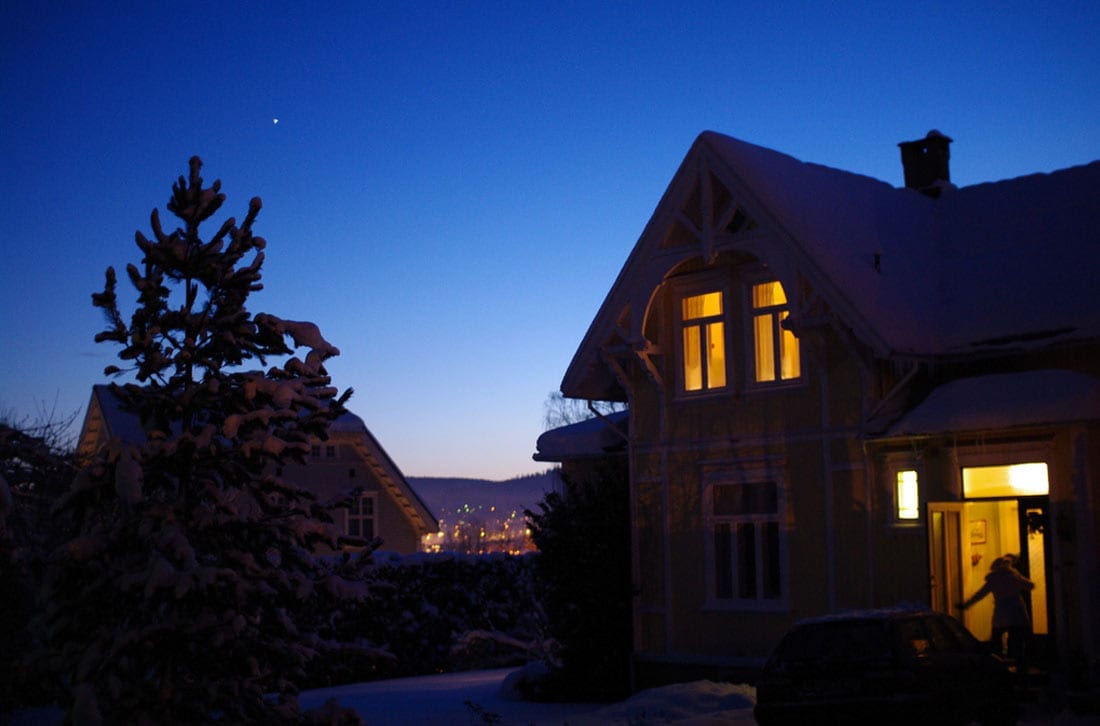
A drafty house is not only uncomfortable during the deep cold of winter, it can be expensive. Air leakage occurs when cold air from outside infiltrates your home and heated air escapes, leading to uncomfortable drafts and high heating bills. The average family spends about $350, or a third of the annual heating and cooling budget, on air that leaks into or out of the house.
There are several common locations in homes where these leaks appear, listed below. Check them for drafts and seal them up, and you’ll save on your utility bills and make your home more comfortable. This is a project that many homeowners can tackle on their own.
Related read: A Home Energy Audit You Can Do Yourself
Insulating Against Air Leakage
The first step in air sealing your home for heat efficiency is detecting where you have leaks. Common leakage sites include:
- Gaps in insulation
- Open gaps between attic and living area
- Attic knee walls
- Penetrations for piping and ducts
- Drop ceilings
- Soffits
- Penetrations for flues or chimneys
- Recessed lighting
- Whole-house fans
- Exterior wall penetrations
- Windows and doors
- Fireplace walls
- Floors cantilevered over lower stories
- Walls adjoining unheated spaces (e.g., garages, enclosed porches)
- Staircase framing against exterior walls
- Rim joists, foundations, sill plates
- Electrical outlet boxes
Check all these features in your home for drafts, cold air, or cold surfaces.
Materials Used in Air Sealing
Poorly fitting and uninsulated windows and doors are among the most common culprits and biggest heat wasters. If replacement windows aren’t in the budget, custom window inserts, which cost less, are a good approach. You can also reduce drafts from windows with heavy curtains. Drafts at the bottom of exterior doors can be tamed with a stuffed “snake” to stop the gap.
Air gaps in the basement and foundation can be sealed with caulking and spray foam. Weather stripping can effectively seal heat in around pull down attic doors and around exterior doors. Flashing and caulking is effective in sealing around flues and chimneys. Your flues and chimneys almost certainly were installed with flashing and/or caulking, but it may be time to renew or replace it. Fiberglass insulation is good for stopping drafts in the attic and between wall areas. A quick fix for leaking air around recessed lights is a baffle.
Related read: Look at R-Values to Create an Efficient Heat Barrier for Your Home
Call, click or text our heating professionals at Home Comfort Experts today to find out how we can serve your home heating needs. We serve Northern Indiana and Southwestern Michigan from our 12 locations. Call (574) 255-4600 to learn about our heating repair and installation on all makes and models of furnaces.



